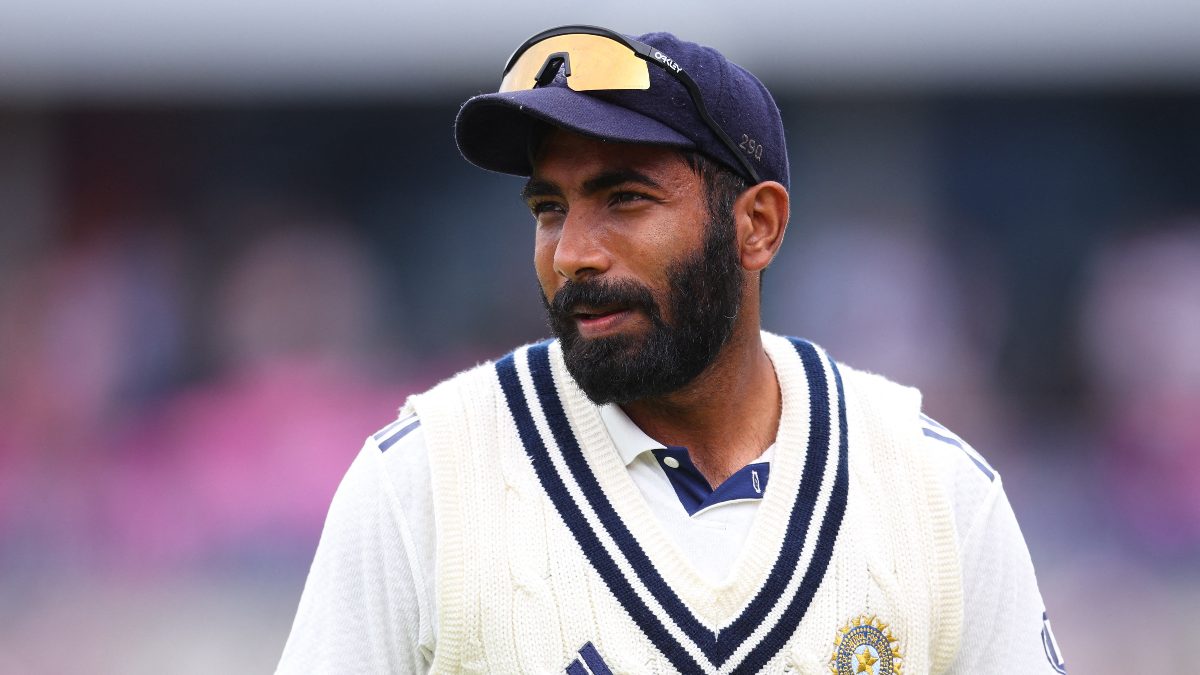With the ICC T20 World Cup fast approaching and set to get underway in the United States and the Caribbean in a little over three months’ time, teams will be busy getting their plans ready and finalising what their squads are going to look like.
For Australia, who had ended their long wait for a T20 world title under Aaron Finch’s leadership in 2021, the biggest question will be on what their top order is going to look like and where talismanic batter Steve Smith fits in that lineup.
Smith is one of the icons of the game and a member of the ‘Fab Four’ of this generation — four of the greatest batters across formats in the current generation who also had long runs captaining their respective teams. So for a batter of Smith’s stature to struggle to fit into a batting order does raise an eyebrow.
Such, however, is the nature of the game, especially the fast-paced shortest format of the game where an individual’s stature alone isn’t guarantee of a place in the XI. Especially in the Australian team where there is plenty of competition for slots with so many options available to fill a spot at a moment’s notice.
Nearly half of Smith’s 65 T20I appearances have come at the No 3 and the No 4 positions, and it’s at one-down where the former Australia captain has had the most success, scoring 559 runs at an average of 34.93. He had batted mainly at these two positions during Australia’s victorious run in the 2021 T20 World Cup, in which the Aussies defeated Trans-Tasman rivals New Zealand in the summit clash in Dubai to finally add the T20 World Cup to their trophy collection.
Impact Shorts
More ShortsMore recently, Smith had opened for Australia for the first time in the shortest format during the extended tour of India in late 2023. Smith had featured in the first two T20Is in the five-match series against the Suryakumar Yadav-led Men in Blue before flying out of the country after being released from the squad by Cricket Australia with three games left. Smith had scored a 41-ball 52 in the first game, but was relatively slow with his 19 off 16 deliveries in the second game.
Those performances, however, are nowhere close to guaranteeing him a place at the top of the order in the Australian T20I side with veteran left-handed opener David Warner still part of the side. Australia appear to have locked in on Travis Head as Warner’s opening combination.
Head had opened in the remainder of the series against India after Smith’s departure, and struck at nearly 200 in the third and fourth T20Is, and at 155 in the series finale, performances which impressed the team leadership enough to consider him as a long-term option for that role.
Warner, who has retired from Tests and ODIs and plans to remain part of T20Is for now, reminded everyone of his value in the shortest format by smashing a 36-ball 70 and a 49-ball 81 in the T20I series against the West Indies, for which Smith had been rested.
Skipper Mitchell Marsh has settled himself at the No 3 spot and is more than handy an opener himself, as witnessed in last year’s ODI World Cup, and all-rounder Glenn Maxwell has cemented himself at No 4 with a series of breath-taking performances, the latest of which was his unbeaten 120 in just 55 deliveries in the 2nd T20I against the West Indies — his fifth T20I ton, the joint-most alongside India skipper Rohit Sharma.
Long gone are the days when Smith was considered a frontline leg-spinner and batted a long way down the order. Smith’s not used to batting outside the top four regardless of formats. However, even if he is to shift to one of the slots betwee numbers 5 to 7, he faces immense competition from the likes of all-rounders Tim David and Marcus Stoinis as well as wicketkeeper-batters Josh Inglis and Matthew Wade.
David appears to have settled himself at the No 6 slot in the finisher’s role while Smith cannot really compete with Inglis and Wade. Meaning he might find himself in a shootout with Marcus Stoinis at No 5, which might make things tricky for him if the Aussies decide to shore up their bowling department by adding an extra seam-bowling all-rounder to the XI. The fact that Stoinis has a better T20I strike rate (145.06) compared to Smith (125.17) will also be a major factor when deciding the XI.
“There will be certain guys that probably bat in different positions than they have done in the past, but ultimately we’re here to win the series," Australia T20I skipper Marsh told reporters on the eve of the first T20I against New Zealand in Wellington, which the Aussies ended up winning in thrilling fashion after being set 216 to win.
“I’ve batted three for the last 18 months, so I’ll be there to start with. And obviously Heady and Davey Warner have been amazing for us over the last period of time, so I daresay that will be the top three.
“I think players like Tim (David) are a rarity, and it (number six) is probably the hardest role within T20 cricket. We’re lucky to have him. He’s become a phenomenal player in that role and there’s no doubt he’s going to play a big part for us,” Marsh added.
Smith did not feature in the opening T20I against the Black Caps at Wellington’s Sky Stadium after being rested for the West Indies series, but might just get slotted at some point in the next two 20-over fixtures.
And if he does get the opportunity, he will have to bat out of his skin and dish out a performance like his life depends on it to force the team management to think otherwise, and give himself another shot at featuring in a T20 World Cup.


)

)
)
)
)
)
)
)
)



